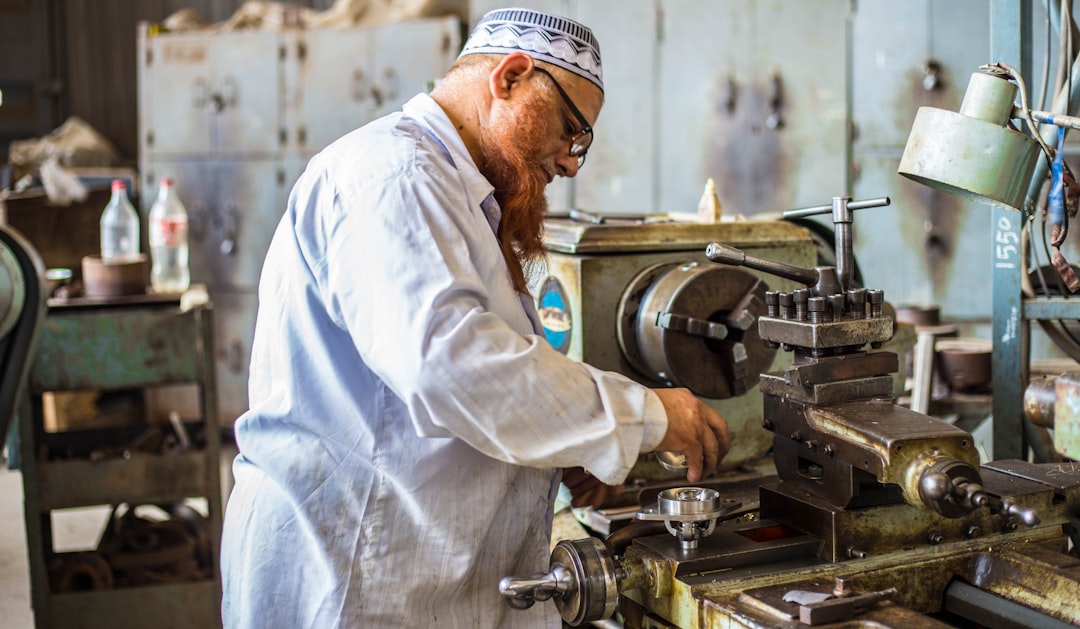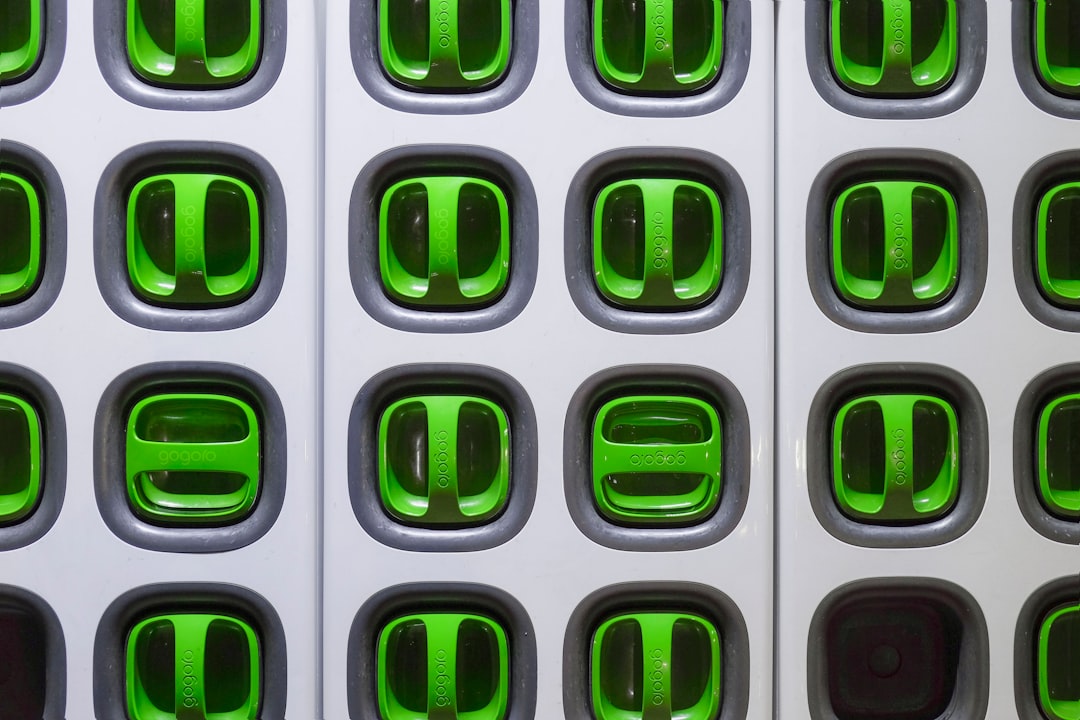What is it about?
On the most elementary level, you and I (human beings) were created with five main mechanisms (or parts): • A body which is termed as the main structure of the human being. • A sensory system that takes certain information around the body and the immediate environment. • A muscle system to aid the body move easily. • A control base to trigger the muscles and sensors. • A brain system that develops sensory data and tells the muscles what to do in other words the way forward. Obviously, we likewise have some imperceptible qualities, for example, intellect and ethics, among others but on an absolute corporeal level. Robots, on the other hand, can be created with five main mechanisms or more.
Featured Image

Photo by Phi Hùng Nguyễn on Unsplash
Why is it important?
Objectives: This research aims at implementing robots in some tedious jobs that as supposed to be executed by human beings in various factories and industries. This study also presents the practical and tentative model for Extenics replications of the moveable mechanical device (robot) useful on VIPRO stage. Methods: Momentary antiquity and indication of the pertinent hypothetical ideas are provided. The intelligent boundary for drawn-out switch uses a novel element for synthetic intelligence which is drawn-out control (Extenics) to expand DHFPC switch rapid enactment of mobile robots. Result: Applying Extenics specific methods and application in vague interplanetary result in a novel, advanced application for the VIPRO stage which can be used to feign and device innovative switch approaches of moveable robots.
Perspectives
A robot is created with very similar mechanisms. A distinctive robot has a movable body, a mechanical device, a sensor, a power source and a CPU “brain” that regulates all of these components. Fundamentally, robots are artificial forms of bodily life - they are machineries that imitate human and animal behavior or conduct. In this study, we'll discover the elementary idea of robotics and discover how robots do what they do (in other words how they do their work). Joseph Engelberger, an inventor in engineering robotics, on one occasion said “I can't describe a robot, but then again I can easily recognize one when I see one.” If you contemplate on all the diverse machines that most people consider as robots, you can realize that it's virtually incredible to discover an all-inclusive definition. That is to say, almost everyone has his or her own impression of what constitutes a robot. You've perhaps heard of quite a few of these well-known robots: R2D2 and C-3PO: The intellectual, talking robots with loads of behavior in the “Star Wars” cinemas. Sony's AIBO: A mechanical dog that studies via human communication. Honda's ASIMO: A robot that can stroll on two legs as a human being does. Engineering robots: Mechanical machines that function on assembly lines. Statistics/ Data: The virtually human robot from “Star Trek”. Battle Bots: The remote control fighters on Comedy Central and so on. All of these mechanical devices are regarded as robots, at least by a couple of individuals. The widest description around describes a robot as something that a lot of people know as a mechanical device. Most roboticists (that is the individuals who build robots) use a more detailed description. They stipulate that robots have a re-programmable intellect (a computer) that transports a body. By this description, robots are distinctive from other movable machinery, for example, cars, due to their computer component. Several innovative cars do have an in-built computer, but it's only there to make minor alterations. You regulate most components in the car directly by means of several mechanical devices. Robots are different from everyday computers in their corporeal nature - standard computers don't have a bodily structure attached to them. In the subsequent segment, we'll explore the main components instituted in most robots today.
Dr. Samuel Sakyi Koram
Jiangsu University
Read the Original
This page is a summary of: The Efficient and Tentative Model for Extenics Replications of the Moveable Robots, The Open Mechanical Engineering Journal, February 2019, Bentham Science Publishers,
DOI: 10.2174/1874155x01913010001.
You can read the full text:
Resources
Contributors
The following have contributed to this page










